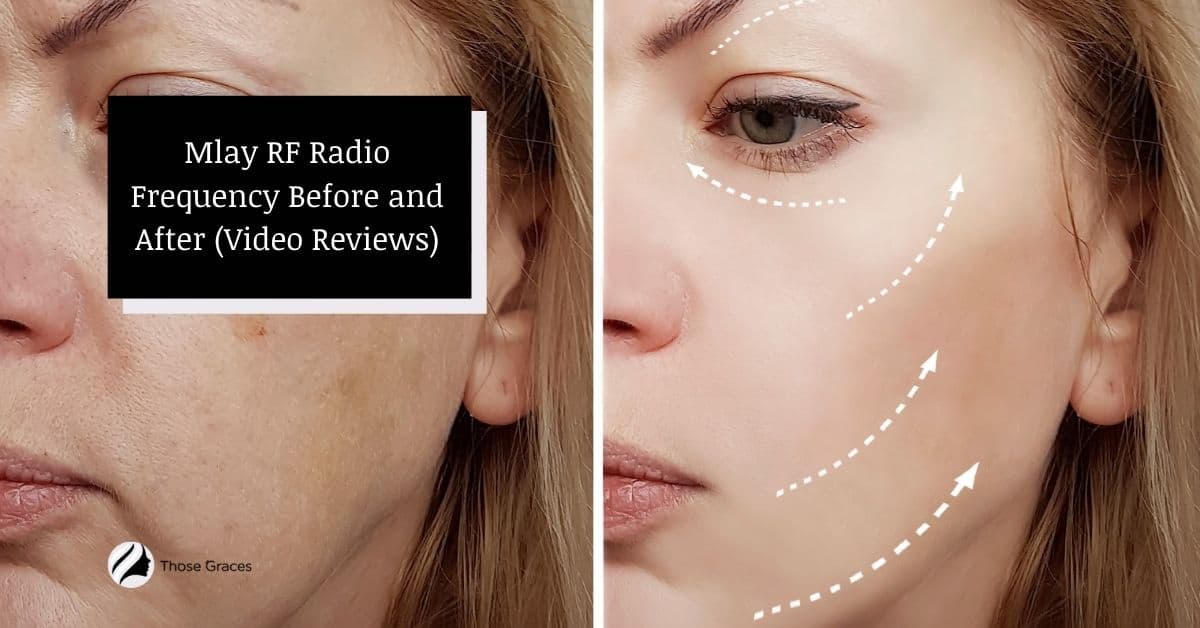Radio frequency (RF) refers to the oscillatory changes in voltage or current within a circuit, waveguide, or transmission line. The frequency range of RF extends from approximately 20,000 times per second to 300 billion times per second. This range lies between the upper limit of audio and the lower limit of infrared, with varying frequency range depending on the sources. RF frequency has become an essential part of communication, mainly wireless communication. This blogpost will discuss RF frequency, its applications, and the scope of its frequency range.

Frequency range of RF
Radio frequency is an electromagnetic wave with an oscillating electromagnetic field that propagates through space. This oscillating field consists of two components: electric field and magnetic field. These two fields are perpendicular to each other and to the direction the wave is traveling. The frequency range of RF is typically divided into several bands, each with its applications, purposes, and regulations.
The frequency range of RF may vary from one source to another. For instance, the Federal Communications Commission (FCC) specifies distinct frequency ranges for different types of RF communication. According to the FCC, the frequency range of RF for wireless applications lies between 9 KHz and 300 GHz. At the same time, the ITU-R ranges from 30 Hz to 300 GHz. This variation is because there is no official definition of RF frequency.
Applications of RF frequency
RF frequency is widely used in wireless communication technologies, including radio and television broadcasting, satellite communication, and wireless networking. The low-frequency range of RF, which is under 1 GHz, is commonly used for AM and FM radio, television broadcasting, and other applications that require long-range communication. Meanwhile, the high-frequency range, which is from 1 GHz to 30 GHz, is frequently used in satellite and microwave communication, radar systems, and point-to-point communication.
In recent years, RF frequency has found its way into the digital world of wireless communication. Modern smartphones, for instance, utilize RF frequency for cellular and Wi-Fi communication. RF frequency is responsible for wireless charging, Bluetooth and NFC, and other forms of wireless communication.
The scope of RF Frequency Range
RF frequency ranges offer a vast spectrum of applications for modern communication technology. The lower frequency range offers long-range coverage, while the higher frequency range brings us high-speed communication, such as 5G.
The RF frequency range under 1 Hz is used for industrial, scientific, and medical applications for things like MRI machines. Meanwhile, the higher frequency range of RF is used for high-speed communication, including 5G.
Apart from wireless communication, RF frequency is also used in other fields like industrial automation, consumer electronics, automotive, and medical in different frequency bands.
Conclusion
RF frequency, without any doubt, is an essential aspect of modern communication technology. The frequency range of RF, 20,000 to 300 billion times per second, varies depending on the sources. The lower frequency range is suitable for long-range communication, while the higher frequency range is suitable for high-speed communication, like 5G. RF frequency range also provides vast applications in industrial automation, consumer electronics, automotive, medical and other fields.
Understanding the application and scope of RF frequency range will enable us to leverage the technology to its full extent, bringing innovation and more advanced communication systems to the world.